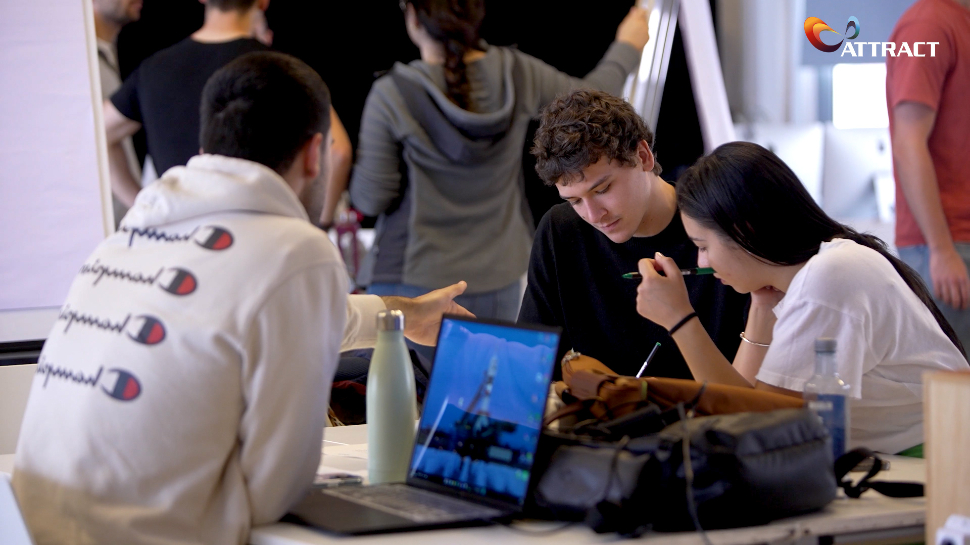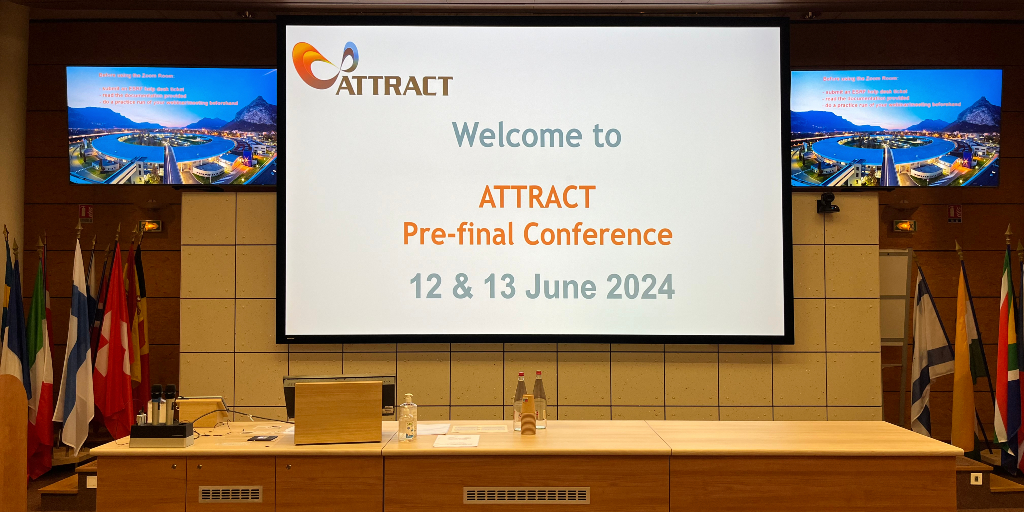The Technology for Social Innovation (TeSI) program aims to address important social needs by identifying disruptive applications and business models for cutting-edge technologies developed under the ATTRACT initiative. It is addressed to multidisciplinary student teams from the three Fusion Point partner schools: Esade, IED Barcelona and UPC.
For 15 weeks, students work with projects that are pre-selected following a user-centred design process (Design Thinking and Lean Startup). Then they start to explore the chosen technology and seek out the different areas of social need where that technology might provide a solution. And during this course, students receive support from the coaching team and also from researchers that are part of the ATTRACT ecosystem.
Get to know more about the TeSI program through this interview with a teacher and a student that participated in the current round of this program:
Ramón Bragós
Associate Professor at Universitat Politècnica de Catalunya (UPC)
Which university and courses are part of your consortium and what brings you all together?
The consortium is made by Esade, IED and UPC with the goal of having interdisciplinary teams of students with different skills, performing challenge-based learning courses with two goals: one of them to give them learning outcomes in innovation, and the other one is to develop solutions with potential social impact.
How do you think society will benefit from this project?
Society will benefit from this program in two ways. On the one hand, having several cohorts of students with skills in interdisciplinary work and in disruptive innovation. On the other hand, helping the researchers identify non-obvious applications or business models of their research with emphasis on its social impact.
How do you envision participating in this project will contribute to your personal and professional development?
On the one hand, we are changing the teaching methodology in other engineering courses based on what we’ve learned. And on the other hand, at a personal level, thanks to this experience, I took the decision some years ago of splitting my research activity: 50% still on biomedical engineering and the other 50% on engineering education research. Performing those courses, I have the opportunity to know people involved in experiential learning. And, we have started researching that measuring, the learning outcomes of students in innovation skills.
Lucienne de Waal
Product design student at IED Barcelona
How do you find working with the R&D&I projects?
Our team is working with HYGER, which is a photo sensor. And trying to understand this with a design background has been quite challenging for me, but seeing how it can be applied in the agricultural sector in order to reduce water waste and have an actual impact has been amazing for me. And it has definitely opened up my scope a lot.
How do you think society will benefit from this project?
The majority of the water that’s being used in agriculture gets wasted, which is especially shameful. And now that we have a lot of drought problems here in the Mediterranean, and so we are applying HYGER the Photosensor to detect moisture content in a plant to see when the farmer has to add water and reduce the amount of wasted water in the farm.
How do you envision participating in this project will contribute to your personal and professional development?
This project has allowed me to work with many different people from many different fields like scientists, engineering students, and business students, and it has helped me to widen my scope in terms of innovation, the world of innovation and design. And it has definitely broadened my network also to get future possible opportunities.
For more information
Visit the TeSI program site.
The Technology for Social Innovation (TeSI) program aims to address important social needs by identifying disruptive applications and business models for cutting-edge technologies developed under the ATTRACT initiative. It is addressed to multidisciplinary student teams from the three Fusion Point partner schools: Esade, IED Barcelona and UPC. For 15 weeks, students work with projects that are pre-selected following a user-centred design […]



